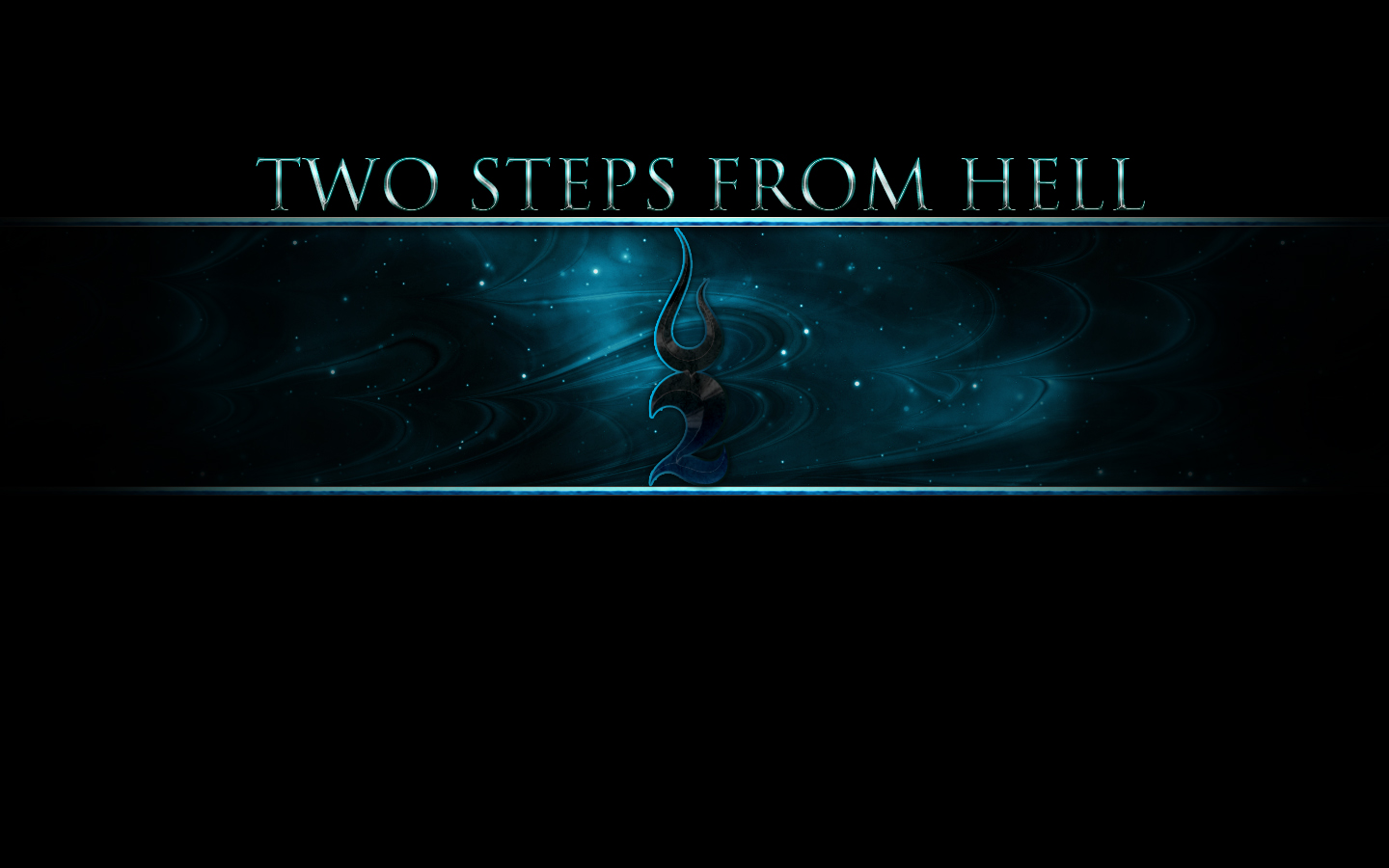

They were either too close, too tight, or even too deep.

I tried every snare sample I own, but I never seemed to get them to sound right. In the middle section, there’s a large, deep-sounding snare drum ensemble sounding in the original. Woodwinds doubling strings ostinatos for some extra flourish, for example, or low basses doubled by bass trombone for that brassy sound. Layering for color means layering multiple instruments or libraries to achieve the color you want. Don’t layer everything all the time but pick and choose where you want how many libraries to sound. There are often 3 sample libraries and multiple different patches playing simultaneously to create this big, fat brass sound. In this track, I mostly did this for the brass. But sometimes, it can help to have multiple layers of the same, or even different instruments, to increase the volume of said instruments. One way to increase the body of something is to take the fader and jolt it up. You can add layers for one of 3 reasons: Body, color, or effect. Multiple layers of sounds, instruments, and sample libraries. You’ll need layers to sound like Two Steps From Hell and Thomas Bergersen.

Here is an overview of the main lessons I learned and how you, too, can learn to sound like Two Steps From Hell. While there were parts that were a downright pain to figure out (Yes, high string line at 1:47, I’m looking at you), I ultimately learned an immense amount while doing this. To learn a thing or two about their orchestration, composition, and mixing techniques, I decided to recreate one of their tracks in Cubase.
8bit drummer two steps from hell tv#
We can hear their music in about every trailer, TV show, and any piece of media you can imagine, so they must be doing something right. Two Steps from Hell and, more specifically, Thomas Bergersen are the grandmasters of epic music.


 0 kommentar(er)
0 kommentar(er)
